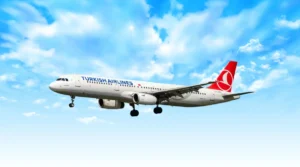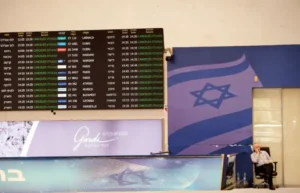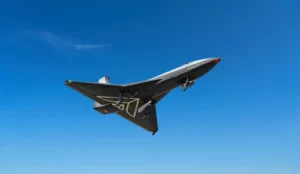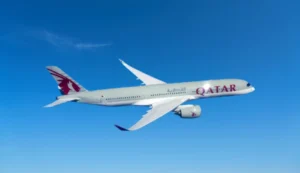COMAC’s Ambitious Wide-Body C929 Jet Enters Detailed Design Phase
In a significant development, Chinese state-owned aerospace manufacturer COMAC has announced that its inaugural wide-body jet, the C929, has entered the detailed design stage. This comes following a recent statement from the fuselage manufacturer, indicating plans to deliver the first fuselage section by September 2027.
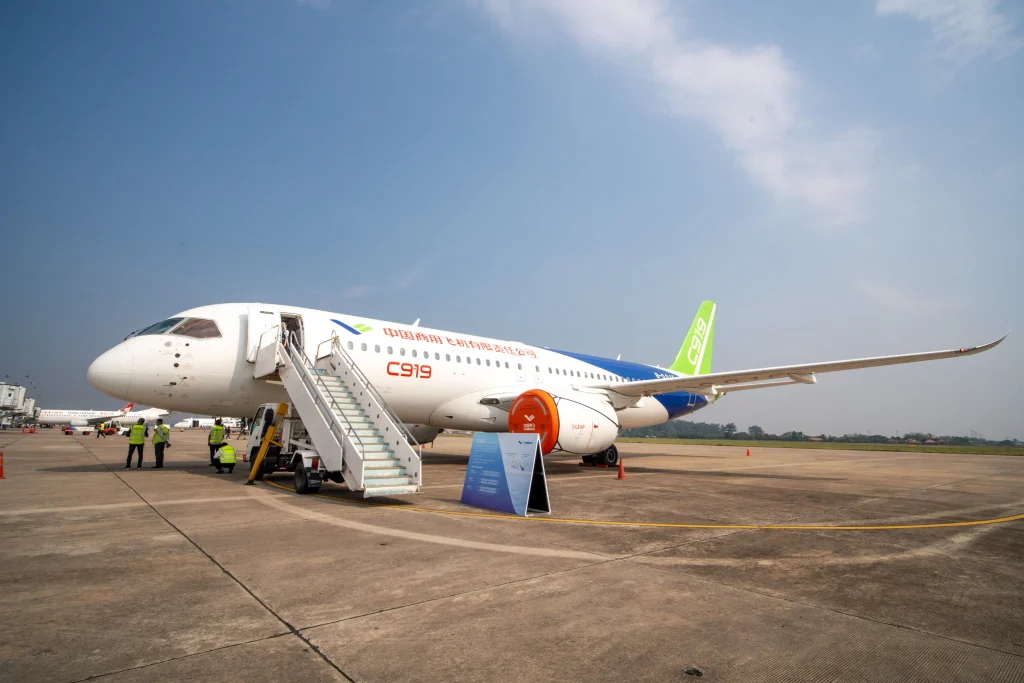
The C929, formerly known as the CR929 before Russia’s departure from the joint venture in 2023, represents China’s ambitious endeavor to challenge the dominance of Western aviation giants Boeing and Airbus in the passenger jet market. While COMAC has successfully introduced the narrow-body C919 and regional jet ARJ21 into commercial operation, its long-haul wide-body program has faced setbacks, including Russia’s withdrawal from the joint venture.
According to COMAC’s marketing director Zhang Xiaoguang, the C929 aims to accommodate approximately 280-400 seats with a remarkable range of 12,000 kilometers. This announcement comes amidst a global shortage of new aircraft, prompting China to prioritize the advancement of COMAC’s footprint both domestically and internationally.
One notable objective for COMAC is to obtain approval from Europe’s air safety regulator for the C919, currently certified only in China. However, industry insiders caution that gaining approval from Western regulators may be a lengthy process. While COMAC has made strides with the ARJ21, which operates outside of China in Indonesia, its planes heavily rely on Western-designed parts.
The C919, for instance, utilizes engines supplied by CFM International, a joint venture between GE and Safran. Although China’s Aero Engine Corporation is developing a domestic substitute, it has yet to receive certification. Similarly, while COMAC is working on a domestic wide-body engine, the selection process for the C929’s engine remains ongoing.
Despite challenges, COMAC’s entry into the aviation market has been generally welcomed. However, the road to building competitive aircraft is long, and achieving landmark approvals from Western regulators may take considerable time. As COMAC continues its endeavors, the progress of the C929 will be closely watched by industry observers worldwide.

